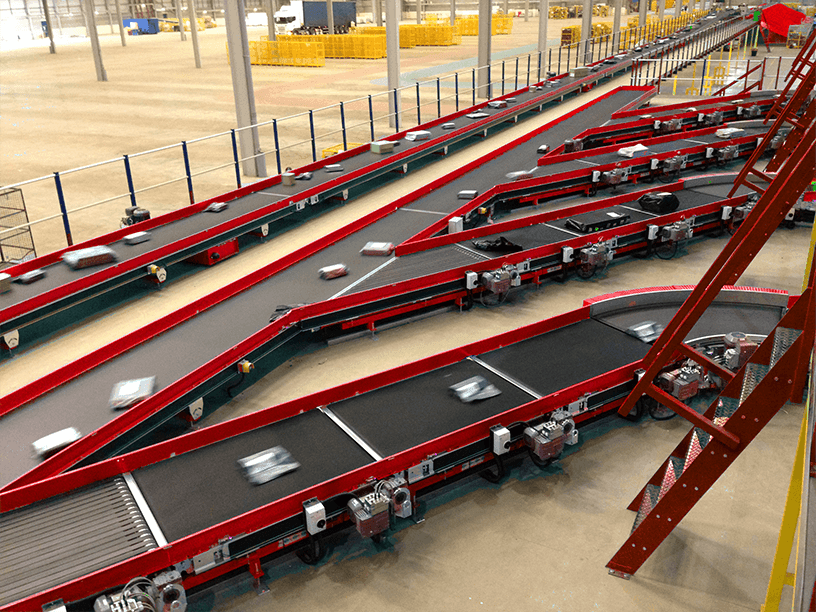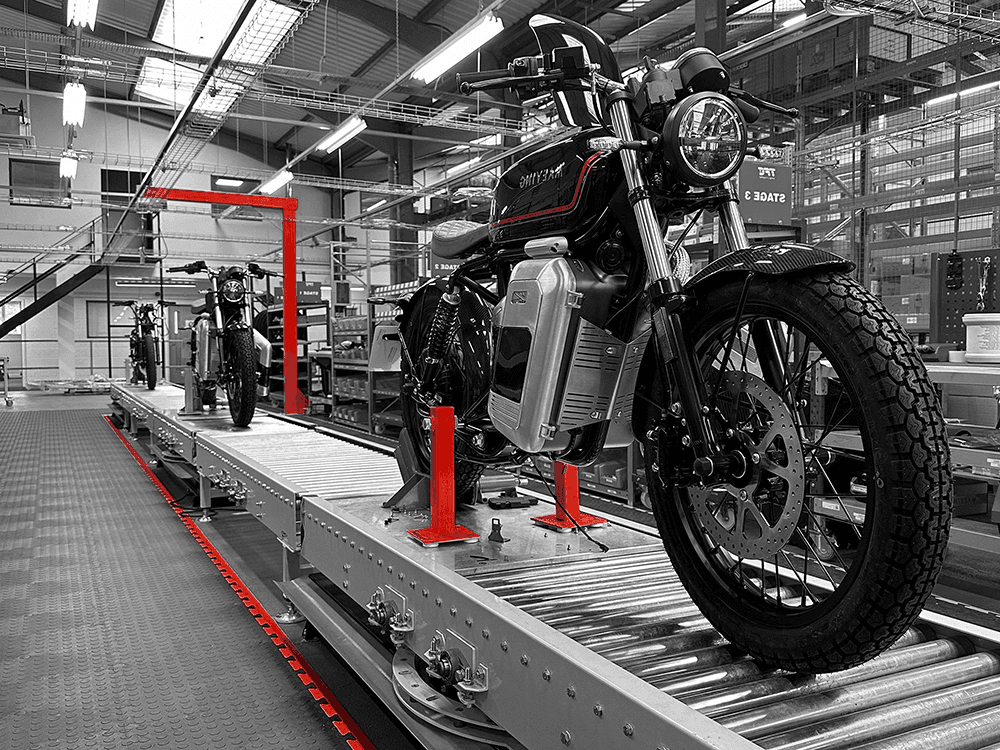Building Flexible and Future-Proof Robotic Systems
As global supply chains demand more agility, flexible automation has become a strategic priority. This shift means robots must operate in dynamic environments with changing tasks, layouts, and product lines.
Emerging solutions include:
- Autonomous robots and autonomous mobile robots (AMRs) capable of navigating complex spaces
- Mobile manipulators that combine mobility with industrial robot arms for advanced handling
- Reconfigurable robot applications and modular designs to adapt to new workflows
- Robotic Process Automation (RPA) for digitising back-end manufacturing tasks
These systems support on-demand production and enable smaller manufacturing facilities to scale operations without heavy capital investment.
Human-Robot Collaboration and Workforce Transformation
The future of manufacturing will be defined not just by robots, but by how people work with them. Human-robot collaboration opens new possibilities for shared tasks, allowing operators to focus on value-added roles while robots handle repetitive or high-risk functions.
In this environment:
- Cobots enhance safety and efficiency in manual assembly lines
- AI-enhanced robot programming tools reduce setup time and training needs
- Agility Robotics and other shape-shifting robots are being explored for adaptive, task-specific support
This transformation is not about replacing human workers but augmenting their capabilities and improving workplace safety.




